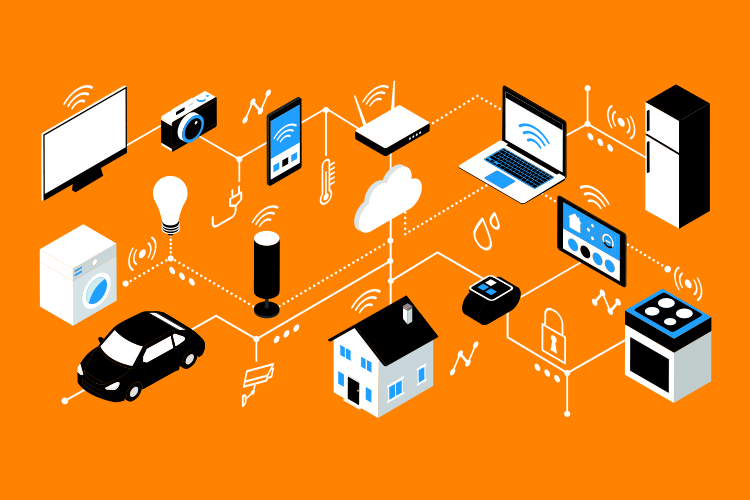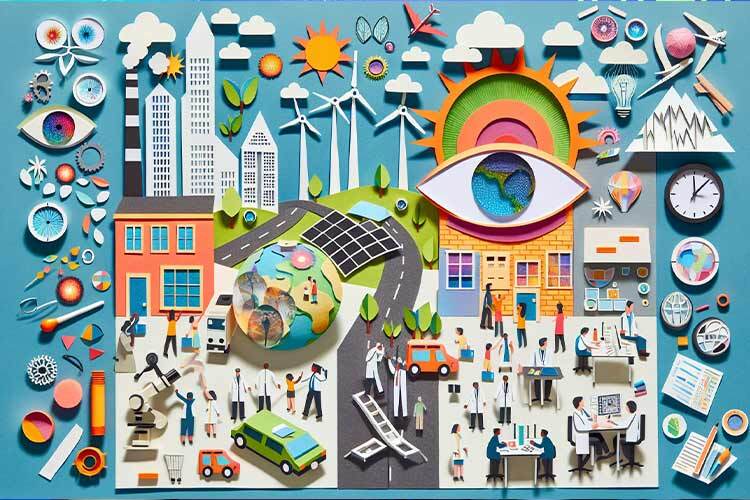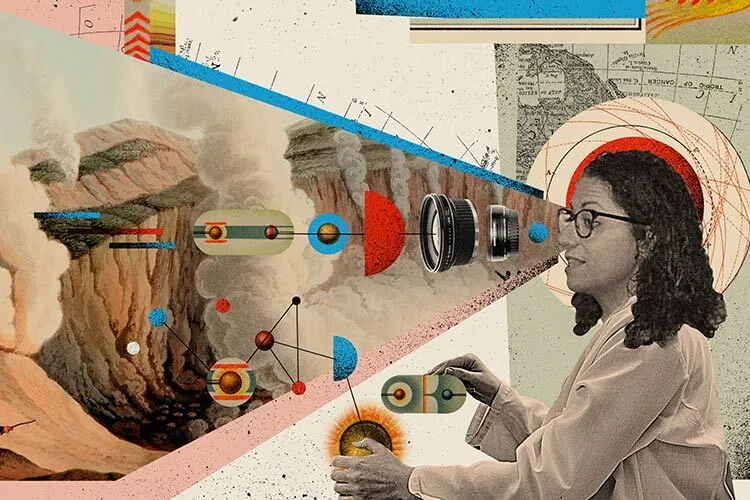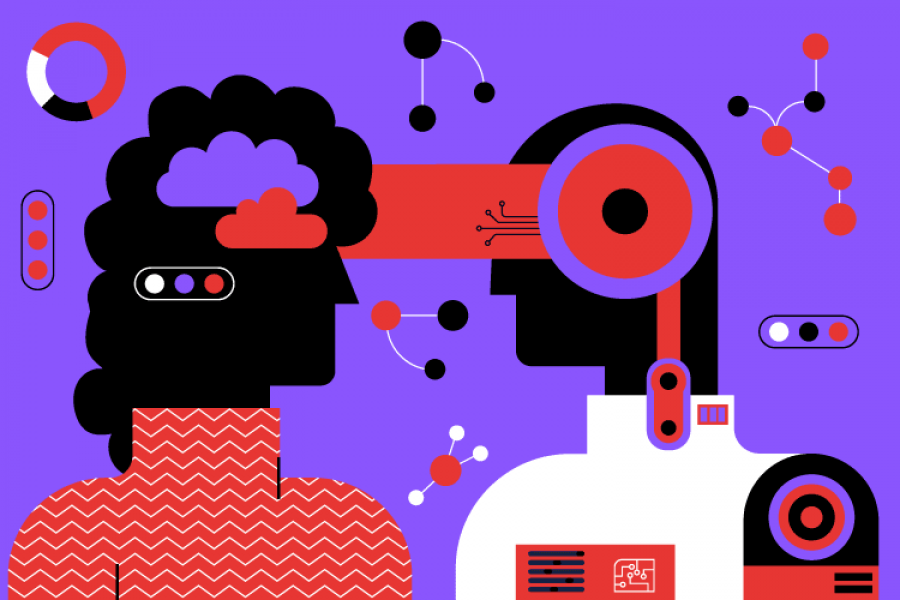Robots are usually associated with construction, transportation, or the military industry. However, these artificial entities can also be used in education, promoting students’ motivation, attention, and retention in the classrooms.
“Robotics, in its social and educational dimension, are an enabling and disruptive technology that draws attention from the start,” says Edgar Omar López, research professor at the Institute for the Future of Education (IFE) at Tec de Monterrey, in an interview with TecScience.
The Robot That Helps You Learn
By breaking with the traditional scheme of a classroom, robots can be great allies to strengthen learning. This is why, for nine years, López and his group, the NAO Team, have used robotics to help teachers of different grades teach mathematics, languages, and physical education.
In particular, they use Nao humanoid robots developed by the French company Aldebaran. These are 60 centimeters high, have motion, space, and ultrasonic sensors, are autonomous, and have up to 25 degrees of freedom -the number of independent movements they can make.
“The robot can feel when you touch its hand, answer questions, and interact with teachers and students,” explains López.
To use them in class, there must first be careful planning in collaboration with teachers to design a lesson on a specific topic, such as learning to multiply.
With this information, the robot is pre-programmed with instructions and information. Like something out of a science fiction movie, the robot can explain key concepts, ask students to do an exercise, or answer questions.
Before using them, the group holds a session to introduce the robot to the students and prevent them from being distracted by lack of familiarity with it in the following classes.
“When the class starts, they already know that the robot is going to participate. the teacher introduces the topic, gives the robot the floor, and it explains a concept, sometimes based on a PowerPoint presentation that is in the back,” says López.
Social robots: allies in teaching
Although it may sound intuitive, knowing if robots really help improve classes requires specific studies that compare how students perform in a class without them and with them. This is why over the years, López’s team has also focused on developing scientific evidence.
In a study with fourth, fifth, and sixth grade children, researchers designed a lesson focused on problem solving. In one group, the teachers in charge of teaching it had the support of a Nao robot and in the second group they taught it alone.
After the lesson, they compared the results in an evaluation and found that the presence of the robot helped improve aspects such as evaluating the solution to a problem, building a strategy to solve a problem, and defining the problem.
In a study with high school students, they found that concentration and motivation were greater in the experimental group where the robot was used to teach a math lesson, than in the group in which it wasn’t. On the other hand, the levels of distraction were lower in the one where the robot participated.
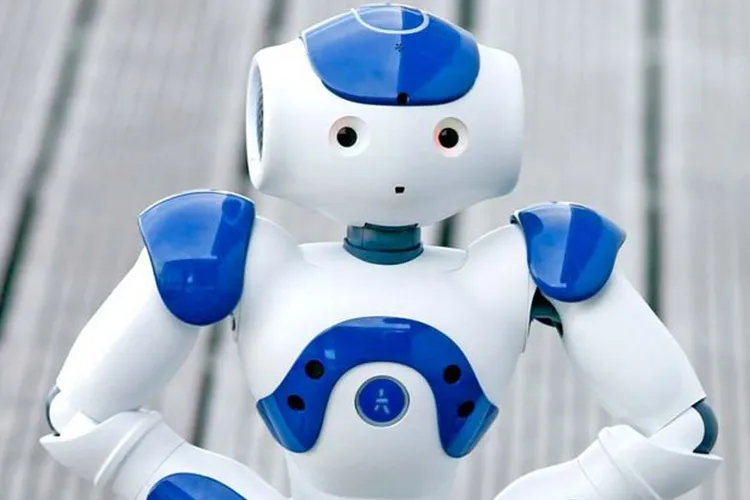
They have learned that the results are even better if the robot is used moderately through specific interventions. “Having one daily could decrease the students’ interest,” explains López.
The mechanisms by which robots help improve student performance are not yet well defined. Still, researchers worldwide have found that using social robots can reduce stress and anxiety levels in different contexts.
In some European countries, these are even used in hospitals and medical offices to help children feel comfortable and calm during an appointment.
For López and his team, social robotics is a promising technology that can help improve different aspects of society even though some people resist incorporating them.
“The key is to remember that they are support tools and never a replacement for a teacher,” says López. “Every academic period, I am surprised by how well received they are.”


